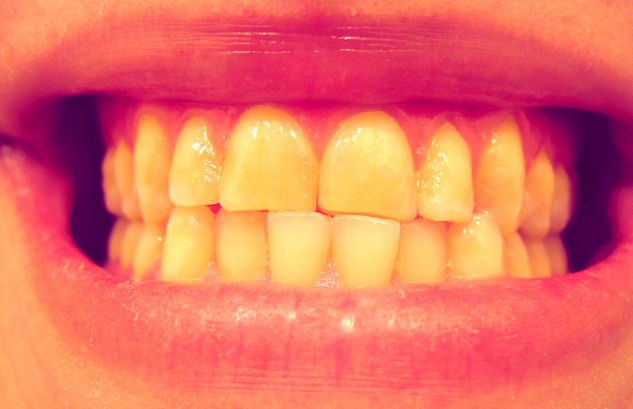TMJ Dentist With a Tooth To Grind

I would like to talk about a subject that is often misunderstood. It has been made both unnecessarily complicated and unnecessarily simplified by Dental professionals and patients.
So let’s break down the subject of tooth grinding, also known as Bruxism.
I can’t blame anyone for not understanding why people grind their teeth. Look through history and you will see that you are definitely not alone in our confusion. Starting back in the early 1900’s it has been blamed on “traumatic neuralgia” and the cause of Periodontitis (severe gum disease). Even Sigmund Freud added his two cents and said that it stemmed from one’s psychosexual development.
It wasn’t until the late 1960’s where the concept of occlusal interferences and malocclusion was developed. This is just a fancy way to say that your teeth don’t fit together right. This theory would be the predominate way of thinking for the next fifty years.
However, the most recent research identifies that bruxism is the result of many factors. These factors include:
• Lifestyle
• Stress
• Sense of comfort or well being
• Medications
• Mental and physical disorders
• Malocclusion
Text Book Definition of Bruxism
Bruxism is the involuntary gnashing, grinding, or clenching of teeth. It is usually an unconscious activity, whether the individual is awake or asleep; often associated with fatigue, anxiety, emotional stress, or fear and frequently triggered by occlusal irregularities. This usually results in abnormal wear patterns on the teeth, periodontal breakdown, and joint or neuromuscular problems.
While grinding and bruxism are used interchangeably I want to make it clear that clenching and grinding are separate actions.
Clenching is defined as clamping the teeth together firmly and tightening the jaw muscles while grinding/bruxism involve repetitive movement of the TMJ with the teeth held together and/or by bracing or thrusting the mandible.
Two Categories of Bruxism
• Primary (idiopathic) is when the behavior is not related to a medical condition
• Secondary (iatrogenic) is when the behavior is related to a medical condition, i.e. side effects of medications, neurological or developmental disorders.
Primary bruxism can be further divided into two types: awake and sleep.
Awake Bruxism
Awake bruxism happens during the day with clenching being more prominent. It is defined as awareness of jaw clenching and appears to be semi-voluntary. It is usually correlated with high anxiety and stress.
Awake bruxism is relatively common involving 20% of the adult population and 18% of children. It effects females more than males. Awake bruxism symptoms usually worsen throughout the day. Clenching during the day increases the risks of clenching or grinding at night.
Sleep Bruxism
Sleep bruxism occurs at night while sleeping with grinding being more prominent. It is defined as a sleep-related movement and is involuntary. It occurs in about 8%-10% of the population, with a lack of awareness from about 80% of the bruxers. It effects both males and females equally. Sleep bruxism symptoms are usually worse in the morning, especially upon waking, and improve during the day.
It has been shown the majority (86%) of sleep bruxism episodes occur during periods of sleep arousal as a person goes from a deeper stage of sleep to a lighter stage of sleep and may also be accompanied by increased heart rate, respiratory changes and muscular activity, such as leg movements.
A typical sleep cycle is 90 to 110 minutes of sleep with three to five cycles per night. Sleep is determined by two categories: non-REM (quiet sleep) and REM (active sleep). There are four stages of sleep. Stages 1-2 are light sleep and stages 3-4 are deep sleep, with REM occurring in the third stage.
A micro-arousal is a shift in sleep occurring in the deeper sleep. In this stage there are 3-10 second rises in brain activity, heart rate and muscle tone. Micro-arousals occur 8-15 times an hour, leaving bruxism secondary to these arousals. More destructive bruxers have greater amount of episodes and time in the REM stage.
Bruxism is very common in children as well, and we’ll cover this in Part II.

